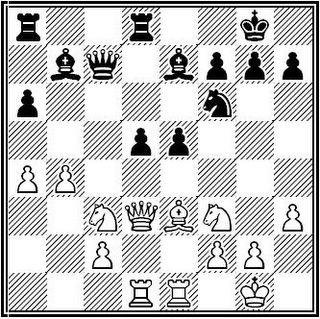What makes a good chess set? Several people can provide several answers. Some like fancy and elaborate, some like simple and plain. Some like pure staunton-style, others like modern design. In my humble opinion, really good chess sets (ones that make family heirlooms, or ones you would have laying out eternily in your living room) have two basic elements with one super-rare feature:
1. The queen must be a female. This is lost in so many sets these days. I saw a civil war chess set the other day that Ulysses S. Grant as the queen (with Lincoln the king of course). It's chess! There are two queens on the board. Stripping them of their femininity is a crime . . . and more importantly, just plain boring.
2. The opposing side must not be different in just color. How many chess sets have I seen where the only difference between the white and black pieces are that some pieces are white and some are black? This, of course, is not an issue with a "working" chess set (i.e., one you play most of your games on), but for truly decorative and elaborate chess sets, variety really is needed. Your standard, tournament, staunton-style set is for traveling. . . . not for displaying or giving to your grandchildren.
Bonus. Every piece is truly different (i.e., not any of white's 8 pawns are identical; etc.). This is truly rare. I have only seen a handful of sets with this truly awesome feature. It is this that separates the good chess sets from the great ones.
On that note: I present my original chess set. As you can see, it possesses the two main elements that I think are important (not the third, I am afraid, but I still think it's a great set!). The sentimental value for these pieces cannot be described. It is from this set that my chess really furnished (See first two posts below).
(Queens and Kings)
This is an "Islam versus Christendom" themed set. Of intersting note, notice how Christendom is the darker of pieces (i.e., black). Usually, with theme-based sets, the "bad guys" are black. For this reason, I suspect this set came from the middle east.
(Knights and Bishops)
Again, notice how elaborately different the white pieces are from the black.
(Rooks and Pawns)
This shot doesn't due the rooks justice. They are probably the two most beautiful pieces of the set.















